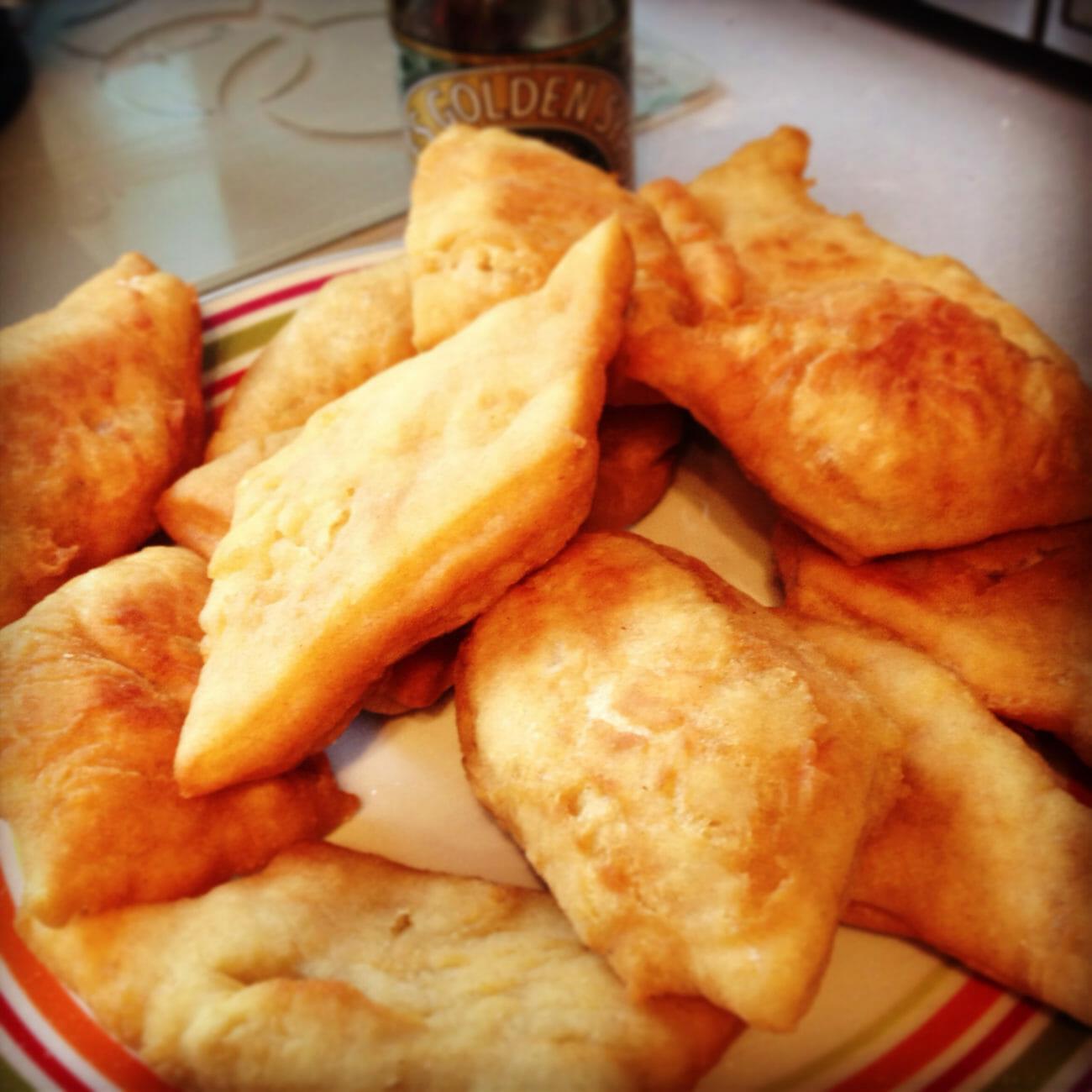Discovering the Richness of Native Cuisines: Maori and Inuit
Rosalia Mamhlakoana Moliko![]() Invalid date
4 minutes, 7 seconds
Invalid date
4 minutes, 7 seconds
25K views 2 Likes
Introduction
Food is a gateway to understanding a culture, a way to connect with its history, traditions, and the land it hails from. Indigenous cuisines, such as those of the Maori in New Zealand and the Inuit in the Arctic regions, are a treasure trove of unique flavors, sustainable practices, and deep-rooted cultural significance. Let's embark on a culinary journey to discover the richness and uniqueness of Maori and Inuit cuisines.
Maori Cuisine: A Taste of New Zealand's Heritage
1. The Hangi At the heart of Maori cuisine lies the Hangi, a traditional method of cooking that involves digging a pit in the ground, heating stones, and placing food (usually meat and vegetables) in a basket, which is then lowered into the pit. The food is slow-cooked using the natural heat from the stones, resulting in tender, flavorful dishes.
2. Kai Moana (Seafood) Given New Zealand's extensive coastline, seafood is a significant part of the Maori diet. Green-lipped mussels, paua (abalone), and kina (sea urchin) are popular choices. These ingredients are often prepared with traditional techniques, allowing the flavors of the sea to shine through.
3. Huhu Grubs Considered a delicacy, huhu grubs are the larvae of the huhu beetle. They are rich in protein and often roasted or pan-fried, presenting a unique blend of flavors and textures.
Inuit Cuisine: Nourishment from the Arctic
1. Whale and Seal Meat Inuit cuisine is intimately linked to the Arctic environment. Whale and seal meat are staples, providing essential nutrients needed to survive the extreme cold. These meats are often eaten raw, fermented, or cooked in stews.
2. Bannock A simple and versatile bread, bannock is a popular part of Inuit cuisine. It's made with flour, baking powder, water, and sometimes fat. It can be fried, baked, or cooked over an open flame.
3. Akutaq (Eskimo Ice Cream) Akutaq, also known as "Eskimo ice cream," is a traditional Inuit dessert made from whipped fat (often seal or caribou) mixed with berries. It's a sweet and creamy concoction that provides essential calories and vitamins in the Arctic diet.
Significance of Indigenous Cuisines
1. Sustainable Practices Both Maori and Inuit cuisines showcase sustainable practices, relying on locally sourced, fresh ingredients. Respect for the environment and sustainable harvesting are fundamental principles in their culinary traditions.
2. Cultural Connection Food is a way for these cultures to connect with their ancestors and the land they call home. The preparation and sharing of traditional meals are often tied to cultural celebrations and ceremonies, fostering a strong sense of community and identity.
Conclusion
Exploring the native cuisines of the Maori and Inuit communities allows us to appreciate the depth and diversity of culinary traditions around the world. These cuisines offer not only unique flavors and cooking techniques but also valuable lessons in sustainability and cultural heritage. Let's celebrate and honor these rich traditions, recognizing the importance of preserving and respecting indigenous cultures and their culinary wisdom.
Image Source:Māori Hangi | Earth Oven®

